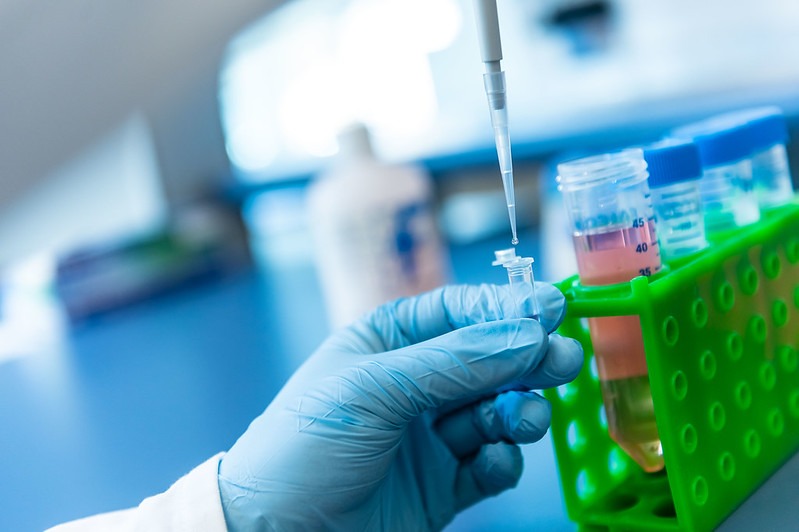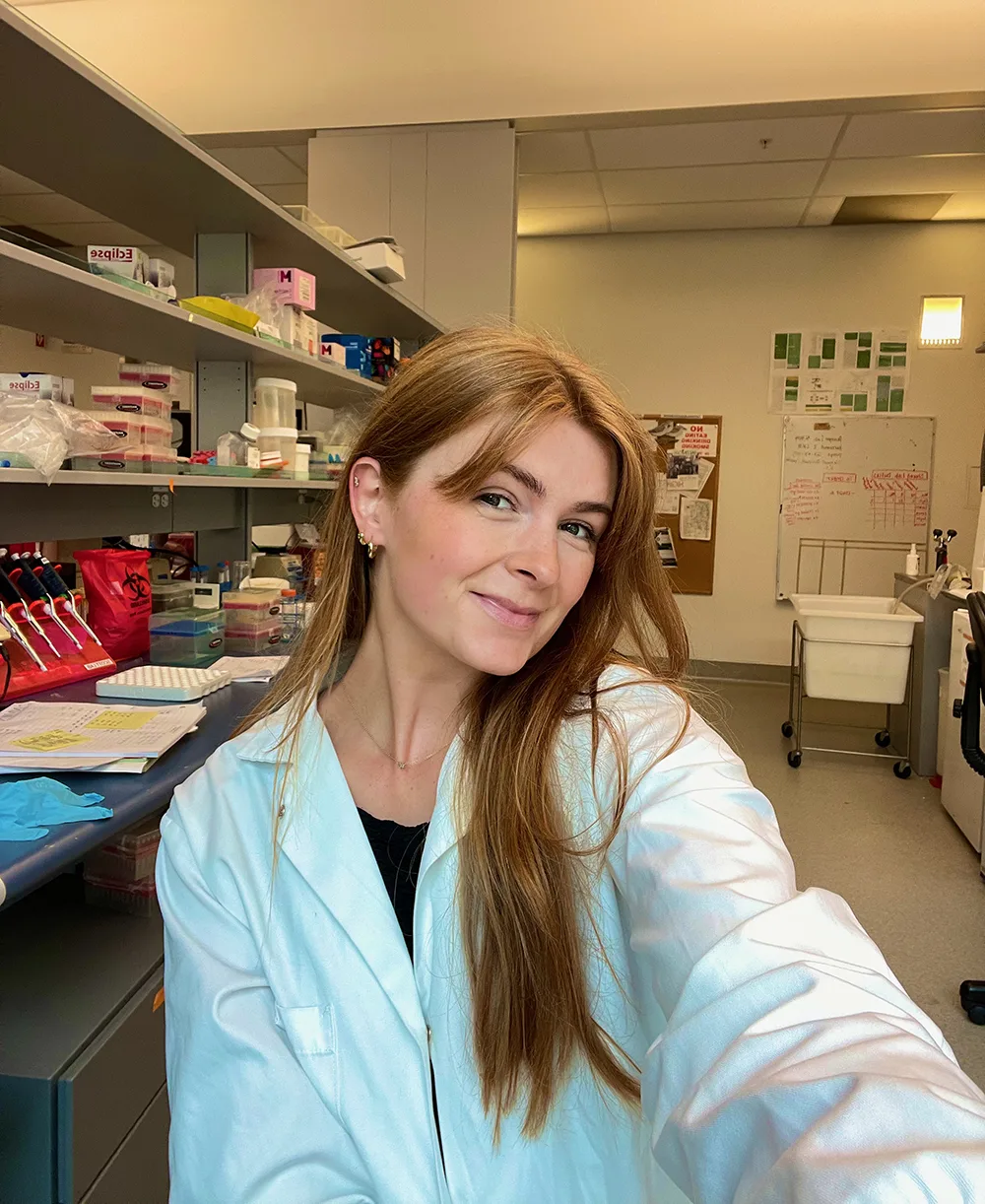Substrate Utilization in the Heart
Heart disease is a leading cause of death globally, characterized by altered metabolism. Since the heart has a high energy demand, it utilizes a variety of nutrient sources, chief of which are glucose and fats. Glucose and fats utilization in the heart is regulated reciprocally akin to the control of conflicting directions of traffic at an intersection by traffic lights. In hearts, when this regulation is altered, accidents occur leading to heart disease. Pyruvate dehydrogenase kinase 1 (PDK1) is one of the ‘traffic lights’ that controls the intersection of glucose and fats utilization in the heart. However, its precise role in this regulation is unknown. Further, its contribution to heart function is also a mystery. Our work seeks to thoroughly characterize PDK1 function in heart metabolism and function using system biology approaches.














